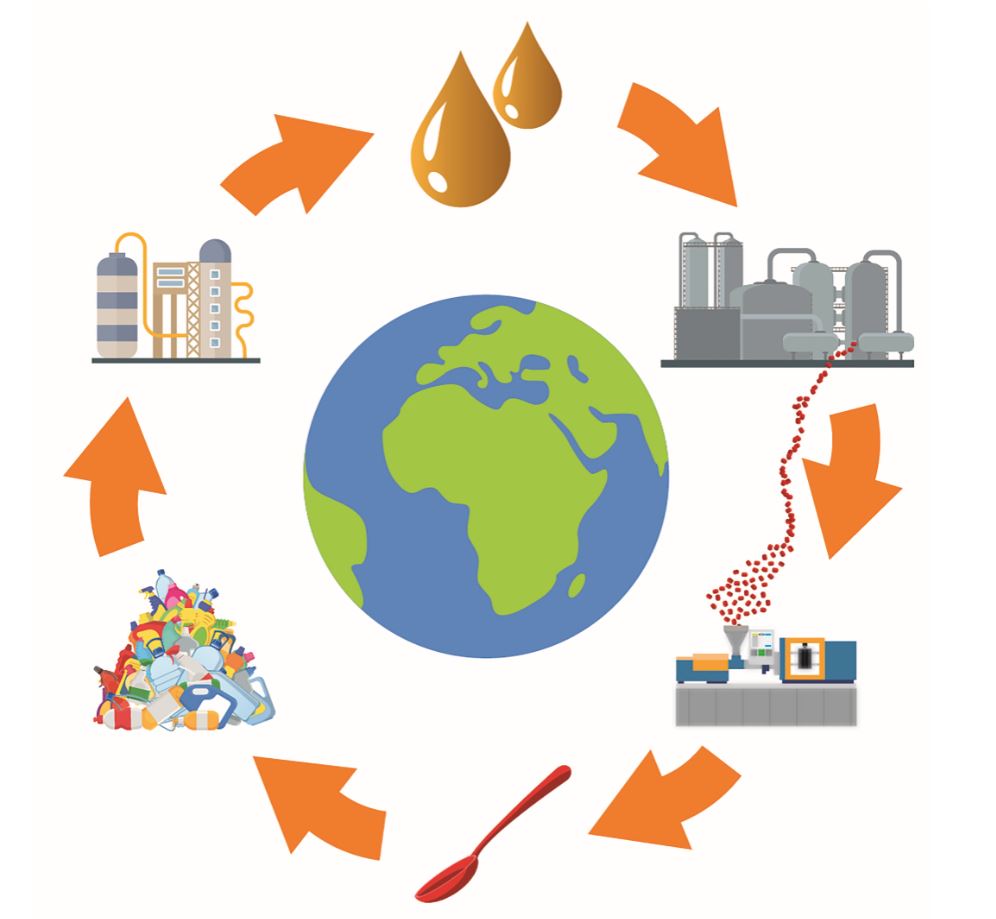Recycling of plastic energy chains? It works!
pwirth | 10. March 2020
In times when school children are demonstrating in the streets for the future on Fridays and plastic bags are being abolished in retail stores, we are all becoming more aware of our own responsibility with regard to sustainability. The EU is also working on new rules governing the use of recycled plastic, aiming at a 25% recycling rate for plastic processing by 2025.
What does this mean for plastic energy chains when they are no longer usable?
At the end of their service life, energy chains are normally disposed of with other plastic waste. Recycling rarely occurs, since separating the different materials and the grinding (processing waste into usable granulate) is very costly.
igus recycles energy chains mechanically
The aim of mechanical recycling in our company is to reuse the plastic of the energy chains and to convert it into a reusable material cycle. To this end, users can send their old out-of-use plastic energy chains to igus – completely irrespective of the chain’s actual manufacturer. However, the chains must first be cleaned by the user himself, just like yoghurt tubs in private households. The plastics are then sorted, cleaned, shredded and packed. After this, the raw material can be reused by igus or other companies for the production of high-quality technical products. In return, the customer receives a voucher amounting to 0.78 euros per kilogramme. Here you can find further information about the procedure at igus.
Chemical plastics recycling with the Cat-HTR system: an innovation
Back to the raw material crude oil, this is what Mura Technology Limited wants to achieve with its technology. Following successful testing, the first commercial Cat HTR facility is currently being planned at the Wilton International industrial site in Teesside , North East England . Construction is scheduled to start in 2020. The sequence of the process: waste companies deliver the plastic waste to meet their recycling targets. The patented Catalytic Hydrothermal Reactor technology (short: Cat-HTR) then converts classic non-recyclable plastic waste back into petroleum within 20 minutes. Only water, high temperatures and pressure are used to separate the cells and join them together again. The recovered crude oil can then be bought by the industry at a price similar to that of fossil crude oil. A total of four Catalytic Hydrothermal Reactors are to be built in Wilton to process more than 80,000 tons of plastic waste every year. As a next step, Mura is planning to issue licences all over the world and build new plants. Here you will find further information

Recycling of energy chains conserves resources
Both methods of recycling can support a resource-saving production of plastic energy chains, because the materials can be reused. In addition, plastic has the advantage that only a fraction of the energy that would be required for the metallic variant is used in production. Which in turn saves energy.

